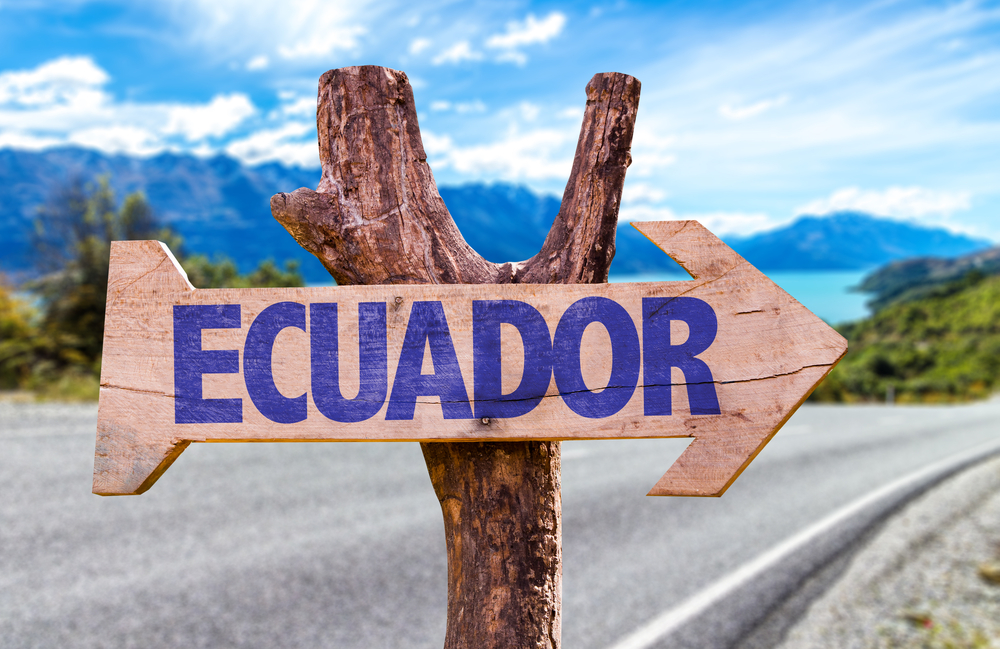In his 1945 book On Power, Bertrand de Jouvenel wrote:
Democracy, then, in the centralizing, pattern-making, absolutist shape which we have given to it is, it is clear, the time of tyranny’s incubation.
Sometimes, democracy in America looks a bit like the South American version.
In general, democracy as we know it works differently than what Christopher Achen and Larry Bartels call its “folk theory” version. In their book Democracy for Realists, they describe the folk conception of democracy:
In the conventional view, democracy begins with the voters. Ordinary people have references about what their government should do. They choose leaders who will do those things, or they enact their preferences directly in referendums. In either case, what the majority wants becomes government policy. … Democracy makes the people the rulers, and legitimacy derives from their consent.
That nothing like this happens in the real world should be obvious by observing the current electoral campaign in America, reading the political advertisements, and listening to the presidential candidates of the two main political parties. Public choice theory explains many failures of folk democracy.
There is much to disagree with in the alternative proposed by Achen and Bartels, which is an elitist democracy based on group identities. But the populist solution does not produce better democracy. It is more an extreme form of “folk theory” democracy that worsens democratic failures.
What is said and done in President Trump’s rallies is more entertainment than information on a political program. These rallies are liturgical spectacles of fusion between the great leader and “the people.” Extreme illustrations were given when the president danced as the crowd was chanting “YMCA” (videos are available on YouTube).
This sort of show is not new in contemporary populism. In his book Populisms: A Quick Immersion (which I review in the forthcoming issue of Regulation), Carlos de la Torre, a professor of sociology at the University of Kentucky, observes that “[p]opulism blurs the line between politics and entertainment.” Of Rafael Correa, the populist president of Ecuador from 2007 to 2017, Torre writes:
Rafael Correa’s campaign strategy in 2006 was also based on mass rallies, where common people were in close proximity to the candidate and sang along with him to revolutionary music of the 1960s and 1970s. Even though this music was retro, Correa’s political rhetoric was innovative. Unlike the long and boring speeches of his rivals, Correa blended music and dance with speech-making. He spoke briefly, presenting a simple idea, music was played, and Correa and the crowd sang along the campaign tunes and dance.


READER COMMENTS
Jon Murphy
Nov 2 2020 at 1:02pm
Great stuff, Pierre.
The behavior at populist rallies remind me a lot of my experience at a megachurch. Visually, they’re a spectacle. But they leave one empty. No fellowship is born nor bred.
Craig
Nov 4 2020 at 4:57pm
Ross Perot’s Reform Party saw Ross Perot show up at the debate with all kinds of charts and things of that nature. K.I.S.S. — never forget it because really its the only marketing that works. Make no mistake about it, that is what it is. Its marketing. The problem is that I would suggest some very intelligent people like yourself and the Professor find this marketing wanting from the p.o.v. of somebody who has read more than two books from cover to cover, right?
Even the debates, the first was completely off the rails, the second still, from an academic point of view, was basically f—– garbage.
In a sense the genius IS in its simplicity actually and while its frustrating to people who like books, I can give you what I think is a good example. You and I will likely agree on the minimum wage debate. It was in the news of late because it was a ballot question in FL. I voted against it of course.
Now those on the left will often say something along the lines of, “Someone who works 40 hours per week should be able to afford the necessities of life!” — this is an appeal to equity and to the bleeding heart emotionalism resident in many liberals.
Personally for me, I didn’t ponder it that much but my professor said one sentence that clicked with me, “The value of a person’s labor has nothing to do with the value of a person’s needs.” For me, that was it, the debate was over in my head. You can throw volumes of pro-MW literature at me, I just will give it no weight whatsoever. 17 words that clicked and then he played Despacito for me on his cell phone!
ABC – Always Be Closing and libertarians, in the marketplace of ideas are not as competitive as they should be.
I’d mock the message, don’t mock the vehicle. Embrace it and win.
Pierre Lemieux
Nov 5 2020 at 5:31pm
@Craig: But we must not embrace marketing that is false advertising or dangerous propaganda–although we may observe that it is sometimes effective, that “crime pays.”
Thomas Hutcheson
Nov 3 2020 at 8:16am
Possibly, but the proof would be the use of public choice theories to improve the functioning of democracy.
Pierre Lemieux
Nov 4 2020 at 11:11pm
@Thomas Hutchison: To the extent that it can be improved, perhaps. But if one proves that something does not work as theorized (the folk theory of democracy, for example), can we object that the proof of the proof would be to prove that the thing works as theorized?
Comments are closed.